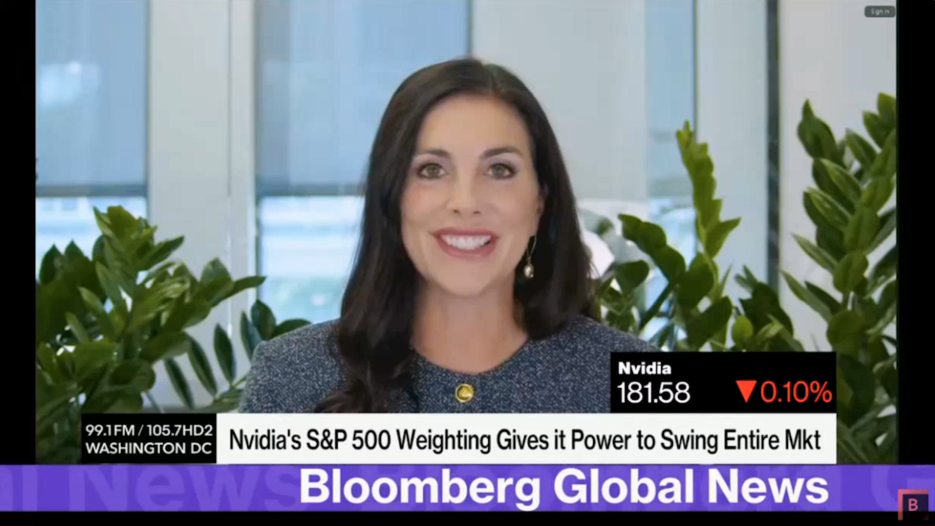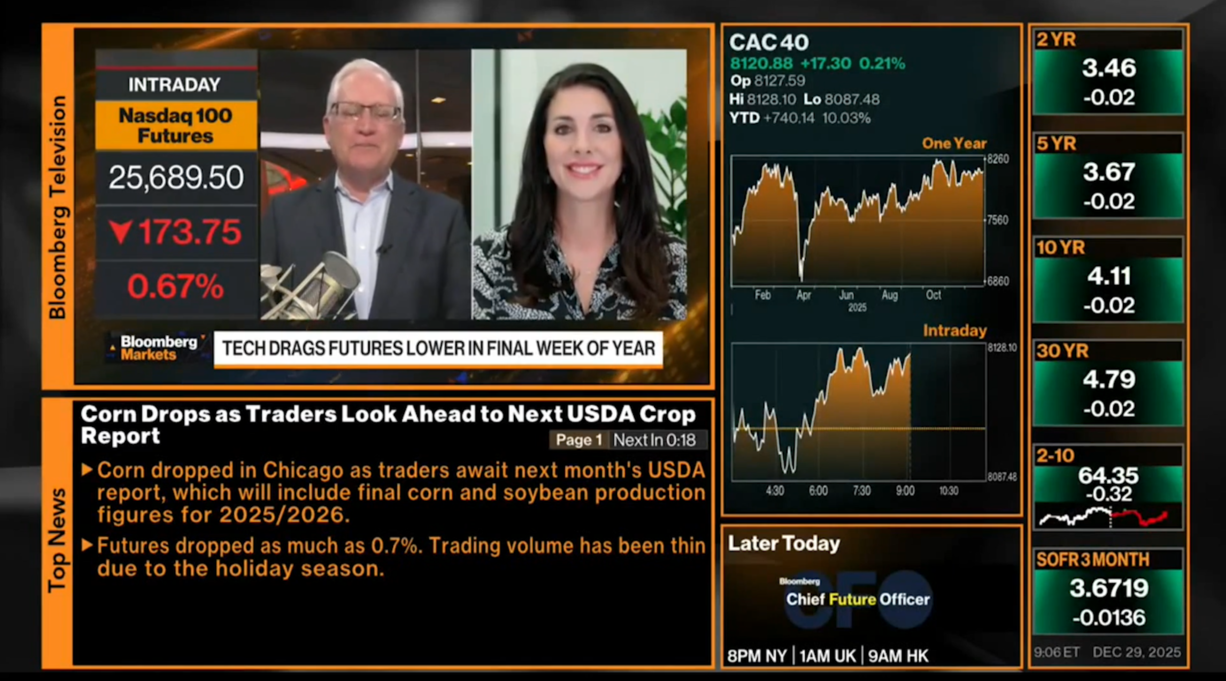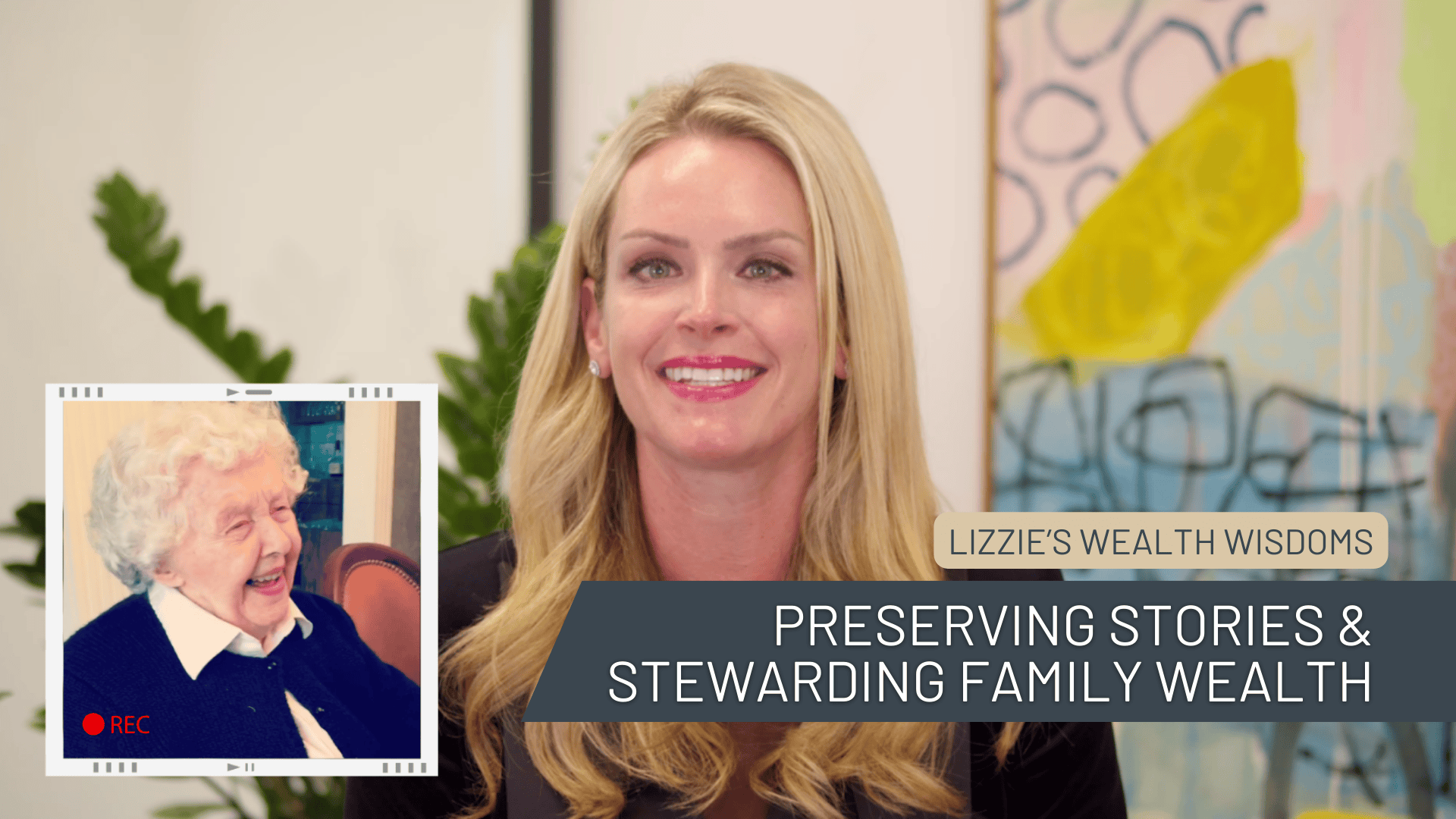It’s hard to believe, but this earnings season has been stellar coming out of the April 9th lows. Earnings growth year-over-year is more than double expectations and a majority of companies are raising their guidance. 📈 What’s driving this?
Companies are adapting.
Despite tariff concerns and higher input costs, CEOs are negotiating harder with suppliers, leveraging technology, and upskilling their labor forces.
In short, they’re creating more efficiencies.
Watch Brooke May, CFP®’s Bloomberg interview for more insights into why we’re seeing a great earnings season so far. 👇
Transcript:
With us to talk more about that—other than Nvidia earnings, the Fed’s credibility—is Brooke May. She’s managing partner at Evans May Wealth. That’s an asset manager with $1.5 billion in assets. So, again, Brooke, there are a ton of things to discuss. But let’s start with earnings.
What do you make of the cycle so far? We have 80% of the companies exceeding expectations and around 58% raising their full-year guidance.
I don’t think anybody expected this earnings quarter or this earnings season to be as good as it’s been. Going into this quarter, earnings growth expectations were around 4.9%. What we’ve seen is over 11% earnings growth year-over-year. So, it’s been stellar.
Why has it been so stellar?
Well, I think there was a delay in tariffs, and we haven’t seen the full ramification of tariffs that have been imposed because the can has been kicked down the road a little bit.
In addition to that, though, companies have done a great job combating higher input costs. When you look at the most recent CEO survey report, they indicated that they’ve been aggressively negotiating with their suppliers. They have utilized technology to create some more efficiencies, and they’ve upskilled their labor force to be able to create additional productivity. In addition to passing some costs on to consumers.
Actually, only 19% of CEOs believe that higher input costs are going to impact their profit margin. So, they’ve done a great job navigating this environment. But in that same report, CEOs are struggling to find qualified labor. And then, you point out that with skilled labor comes greater efficiency, which is needed to offset higher input costs.
Can you talk to us more about that and how the labor market looks like from your perspective, and what it will mean moving forward with all the moving dynamics like the Fed lowering interest rates?
Yeah, there are a lot of moving dynamics, that’s for sure. We’ve got 7.4 million job openings. However, that doesn’t always correlate with the skill set of those looking for work. So, it’s been a challenge to find that skilled labor that’s very necessary to be able to create that productivity. But there are jobs available. And right now, with immigration policy changes, there are fewer workers looking for jobs.
So, while those softer employment numbers—those job opening numbers that have come in (in fact, we’ve seen significant revisions down to job openings in recent months)—there isn’t as much supply of labor right now. So yes, it’s not ideal. However, it’s not as painful as it potentially could be if we had a broader number of people looking for jobs.
Do you think companies are delaying hiring to protect margins under tariff pressures?
I think that we’re in a slow-to-hire, slow-to-fire environment. They’ve got a little more leverage than they had coming out of the pandemic. So, they’re able to be patient. Also, a little cautious right now while they see what the full ramification of tariffs are going to be.
They are looking to hire but they do have challenges. And they are being selective at this point in time.
One thing that I’m still trying to understand—and you alluded to this—is why even with tariffs being, the can is being kicked down the road as you said earlier, why we don’t see the reaction that we saw post Liberation Day in the markets.
It’s like we’re way higher than we were back on April 9th at that low. But it’s not like tariffs have gone away or even indicated that they’re going to be less than were announced. In some cases, they’re even more than were announced.
Yes and no. When we saw the significant sell-off in April, there was a threat of, 160% tariffs imposed against Chinese goods.
And that’s not the level that we’ve settled on. As we all know, we import quite a bit from China. And that would be a big, a big hurdle for businesses to overcome. So yes, we are seeing tariffs in some cases higher than what was expected, like we’re seeing out of India or what we’re seeing with the tariffs imposed on India.
However, we think that tariffs will settle around 15%, which is significantly higher than they were just a few years ago. But it’s not as crippling as the numbers and threats that were being thrown around in early April. If we really force ourselves, we’ll see a little bit of reaction in yields.
And do you think that the erosion of Fed autonomy—I’m moving now to the Fed—could lead to structurally higher long-term yields, even if short-term policy rates come down?
We’re going to see a steepening of the yield curve. The Fed is going to impact the lower end of the curve. However, on the upper end of the curve, we think that rates are going to stay elevated. There is uncertainty right now surrounding the debt. In addition to banks decentralizing.
And so, we think that we’re going to see a continued steepening of the yield curve. And with that, lower yields on the lower end are going to be more attractive than if you have to go out longer.
Is there a scenario where aggressive Fed cuts could actually push long-term yields even higher?
Yes. I believe so. However, there’s a lot more hinging on the longer end of the curve. For example, the national debt and our credit rating. So, it does play an impact, however, really, the Fed is going to be able to drive the shorter end of the curve a lot more than the long end.
Another thing that, in your note, was really interesting to me is how the term “recession” has only been referenced only 4% in all of the earnings calls.
Do you think that investors have moved past that fear, or is it just because there’s so many things going on, from tariff to Fed independence, that they’re focusing on?
I think investors have a greater fear than, right now, businesses are indicating, I think that when you look at CEOs that have been surveyed and you look at their plans over the next year, two-thirds are expecting to keep their workforce the same or even expand it. So, they’re optimistic. When we look back at April, there was, I think, above an 80% probability that CEOs were putting on, the possibility of a recession over the next year.
So, sentiment has moved significantly, but it isn’t necessarily optimistic, even though they’re not using the word “recession.” When we look at what they expect over the next year, they’re expecting kind of a neutral outlook. They think that their industries will remain similar to what they are today. Some think they’ll be better. Some think that they’ll be worse, but there’s not overly optimistic scenarios right now, for the most part. It’s really just a neutral outlook.
So, what do you think, Nvidia?
I’m not going to have you give us a call on Nvidia. But obviously, as Isabel said, it could move the market. The implications of an upside or a downside surprise could be very significant. How do you watch a report such as this?
Well, all eyes are on Nvidia. As Nvidia goes so goes the market, as you just mentioned. So, we are watching it closely. It’s one of our biggest holdings. So, its performance will directly impact our portfolio. However, it’s one company and it’s not indicative of the broad economy, but AI right now is playing a part.
And when you look at big tech, big tech earnings growth is 26% compared to the other 493 names outside of the Mag 7. Earnings growth is only around 4%. So yes, Nvidia plays a part, and it will move the market, but it isn’t necessarily a broad representation of the rest of the stock market.
Brooke May, managing partner at Evans May Wealth, at about $1.5 billion in assets under management.




